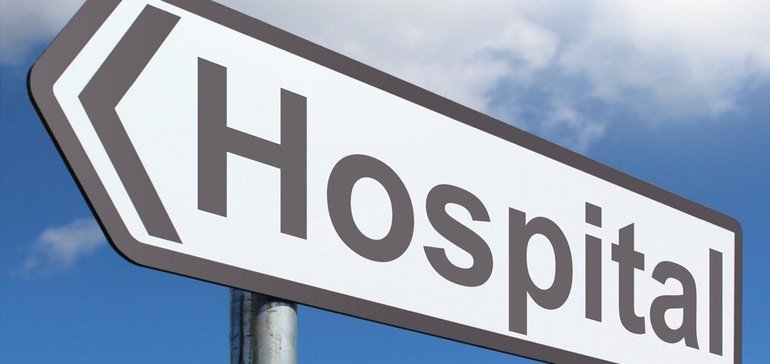
Dive Brief:
- The Henry Ford Health System in Detroit is furloughing 2,800 employees, or 9% of its 30,000-person workforce this week as financial losses mount due to the novel coronavirus pandemic that has forced hospitals to halt other service lines in order to battle and contain resources to fight the virus.
- The temporary furloughs will affect employees not directly involved in patient care across the six-hospital system. Employees will retain insurance coverage and will be eligible for unemployment benefits, the system said in a statement this week.
- Henry Ford said it suffered a $ 43 million operating loss in the month of March due to the cancellation or postponement of elective procedures, temporary site closures and increased demand for resources to care for COVID-19 patients.
Dive Insight:
Other health systems have been forced to make similar staffing decisions as the pandemic continues to batter hospital finances and resources.
“But, we must face these realities head on,” CEO Wright Lassiter III wrote in an email to employees this week.
Michigan has been hard hit by the virus. In the U.S., Wayne County, Michigan, home to Detroit, accounts for the third most deaths by county, according to the Johns Hopkins Coronavirus Resource Center.
At the end of the first three months of 2020, the system reported a net loss of $ 234.5 million, a decrease of $ 354.9 million compared to the same period in 2019.
The system also reported a net operating loss of $ 36.2 million, a $ 75.6 million decrease from an operating income of $ 39.4 million for the first three months of 2019.
The system expects losses to increase for April and May, surpassing those in March.
“Health systems that are caring for a large majority of our region’s COVID-19 patients are clearly carrying a heavier burden,” CFO Robin Damschroder said in a statement. “When it comes to federal assistance, we welcome an equitable, metrics-based allocation model that will help organizations like ours continue our mission.”
Federal regulators are trying to respond to such demands. On Wednesday, HHS released a targeted outline for how it planned to disperse additional CARES funding. This second wave of relief focuses on infusing high-impact areas with more funds and ties funding to net patient service revenue, essentially giving a large share of funding to those with a larger business.
